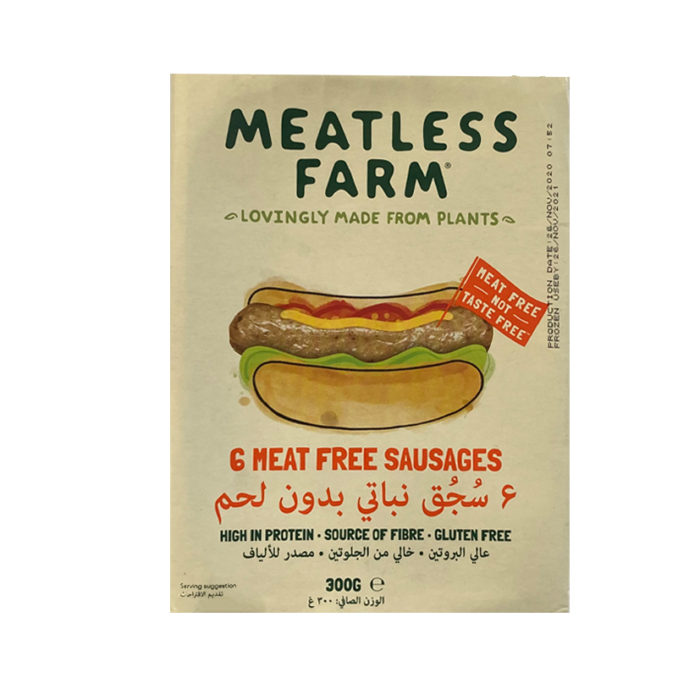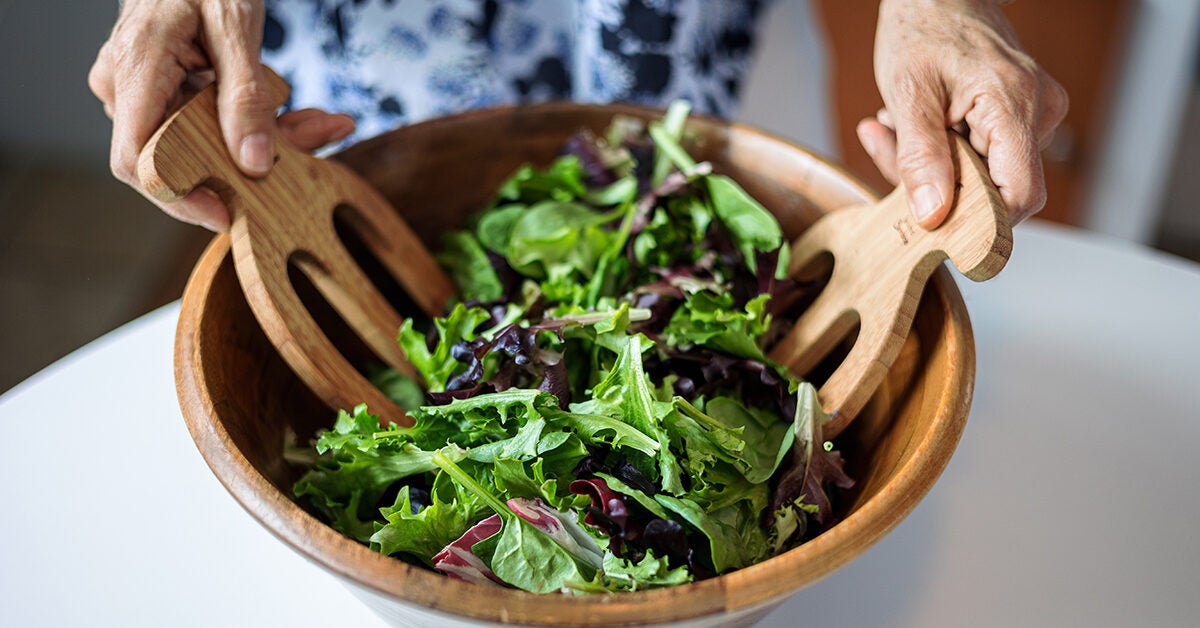
There are simple steps you can follow whether you're making your first vegan Christmas cookie or looking to expand your baking skills. From vegan sugar cookies to chocolate crinkle cookies, you can create festive holiday treats without using butter or dairy. These simple treats are delicious, and they are easy to make.
Making vegan Christmas cookies is as easy as making a bowl of soup and a spoon. Children can help if you have them. Once your dough is ready, you can form balls from it and place them on a baking tray. After it bakes you can decorate it by using icing, sprinkles, and other decorations. This is a great way make holiday cookies. To make your vegan Christmas cookies more colorful, add crushed candy canes or colored powdered Sugar to the dough.
Vegan chocolate crinkle cookies are a great option for Christmas cookies with an orange flavor. These cookies can be made quickly and are beautiful when frosted. They are also healthy, vegan, gluten-free, & vegetarian.

If you're looking for a vegan Christmas cookie that's more of a shortbread than a traditional sugar cookie, you can make vegan millionaire shortbread. These cookies are more chewy inside and make great gifts for family and friends. These cookies are free of refined sugar, so you don't have to worry about how sweet they taste.
Gingerbread is another classic vegan Christmas cookie. Gingerbread is a classic vegan Christmas cookie. It's based on an Austrian traditional recipe. You can however make them gluten-free and vegan by making a few changes. This recipe is also great for kids because it uses almond meal and maple syrup. You can also make your cookies egg free and dairy free.
If you're looking for vegan Christmas cookies that are fun to make with your kids, you might want to try making vegan snowball cookies. These cookies are also known as Mexican wedding cookies because they are double-rolled in powdered sugar. You can then dip the cookies in chocolate, allow them to cool, and then decorate them using icing. They are easy to make and you can create any shape you'd like.
You can make vegan lebkuchen, which is a variation on gingerbread, if you're looking for a more elaborate holiday cookie. These cookies can be shaped into any shape, and they're a great choice for holiday parties. You can make them in no time at all and use any type jam you like. You can fill them with raspberry, blueberry, and peach jams. Cookies can also be decorated using coconut flour, powdered or coconut sugar, as well as coconut flakes.

To make vegan Christmas cookies, you can add a festive almond buttercream. Peppermint can be added to the buttercream for a festive holiday taste.
FAQ
What are 5 ways to live a healthy lifestyle?
What are 5 ways to live a healthy lifestyle?
Living a healthy lifestyle involves eating right and exercising regularly. Healthy eating means avoiding sugary and processed foods. Exercise can help you burn calories and strengthen your muscles. Get enough sleep to improve your memory and concentration. Managing stress reduces anxiety and depression. Fun keeps us vibrant and young.
What are the 7 best tips for a healthy and happy life?
-
Be healthy
-
Exercise regularly
-
Rest well
-
Drink plenty of fluids.
-
Get adequate rest
-
Be happy
-
Smile often
What can I do to lower my blood pressure?
You must first determine the cause of high blood pressure. Then, you can take steps to lower your blood pressure. You can do this by eating less salt, losing weight, or taking medication.
Also, make sure to get enough exercise. If you don't have time for regular exercise, then try walking as often as possible.
If you are unhappy about how much exercise you do, you might consider joining a fitness club. You will probably join a gym that is open to other people with similar goals. It's easier to stick to an exercise routine when you know someone else is going to see you at the gym.
What does it take to make an antibiotic work?
Antibiotics are medications that kill harmful bacteria. Antibiotics are used to treat bacterial infections. There are many kinds of antibiotics. Some can be taken orally while others can be injected. Others are topically applied.
People who have been exposed are often given antibiotics. To prevent shingles, an oral antibiotic may be prescribed to someone who has had chicken pox. Penicillin might also be administered to someone with strep throat. This will help prevent the possibility of developing pneumonia.
Children should not be given antibiotics without the consent of a doctor. The possibility of side effects that can cause serious side effects in children is greater than for adults.
Diarrhea, the most common side-effect of antibiotics, is probably diarrhea. Other possible side effects include stomach cramps, nausea, vomiting, allergic reactions, headaches, dizziness, and rashes. Most of these symptoms disappear after the treatment is completed.
How much should I weight for my height and age? BMI calculator and chart
Calculating your body mass index (BMI), is the best method to calculate how much weight to lose. A healthy BMI range should be between 18.5- 24.9. Aim to lose 10 pounds per month if your goal is to lose weight. To calculate your BMI, simply enter your height and weight into the BMI calculator.
This BMI chart will help you determine if your body is overweight or obese.
What is the difference between calories and kilocalories?
Calories can be used to measure how much energy is in food. A calorie is a unit of measure. One calorie equals one degree Celsius of energy to heat 1 gram of water.
Kilocalories are another term for calories. Kilocalories are measured as a thousandth of a calorie. 1000 calories equals 1 kilocalorie.
What is the problem with BMI?
BMI stands For Body Mass Index. It is a measurement of body mass based on height and/or weight. Here is how to calculate BMI using the following formula.
Weight in kilograms divided with height in meters.
The score is expressed as a number between 0 and 25. Scores of 18.5 and higher indicate overweight, while scores of 23 and higher indicate obesity.
A person with 100 kg will have a BMI 22 if they are 1.75m tall and weigh 100 kg.
Statistics
- WHO recommends reducing saturated fats to less than 10% of total energy intake; reducing trans-fats to less than 1% of total energy intake; and replacing both saturated fats and trans-fats to unsaturated fats. (who.int)
- Extra virgin olive oil may benefit heart health, as people who consume it have a lower risk for dying from heart attacks and strokes according to some evidence (57Trusted Source (healthline.com)
- The Dietary Guidelines for Americans recommend keeping added sugar intake below 10% of your daily calorie intake, while the World Health Organization recommends slashing added sugars to 5% or less of your daily calories for optimal health (59Trusted (healthline.com)
- nutrients.[17]X Research sourceWhole grains to try include: 100% whole wheat pasta and bread, brown rice, whole grain oats, farro, millet, quinoa, and barley. (wikihow.com)
External Links
How To
What does the "vitamin") mean?
Vitamins are organic compounds naturally found in food. Vitamins are essential for our bodies to absorb nutrients from the foods we eat. Vitamins cannot be made by the body; they must be taken from food.
There are two types if vitamins: water soluble, and fat soluble. Water-soluble vitamins dissolve readily in water. You can find vitamin C,B1 or thiamine, B2 or riboflavin and B3 or niacin. B6 is pyridoxine. Folic acid, biotin and pantothenic are some examples. Fat-soluble vitamins are stored within the liver and in fatty tissue. Examples include vitamin D, E, K, A, and beta carotene.
Vitamins are classified according their biological activity. There are eight major vitamin groups:
-
A - vital for normal growth and maintaining good health.
-
C – essential for proper nerve function.
-
D – Essential for healthy teeth, bones and joints
-
E is required for good vision and reproduction.
-
K - Required for healthy nerves and muscles.
-
P - vital for building strong bones andteeth.
-
Q - Aids in digestion and absorption.
-
R - Required for red blood cell production
The recommended daily intake (RDA), of vitamins varies with age, gender and physical conditions. The U.S. Food and Drug Administration (FDA) sets the RDA values.
For adults aged 19 or older, the RDA of vitamin A is 400mg per day. For fetal development, pregnant women require 600 micrograms per daily. Children ages 1-8 require 900 micrograms per day. Babies under one-year old need 700 micrograms per daily. Between 9 and 12 month, however, this drops to 500 mg per day.
Children between the ages of 1-18 need 800 micrograms per daily for obesity, while those overweight require 1000 micrograms. To meet their nutritional needs, children underweight and obese need 1200micrograms.
Children 4-8 years old with anemia will need 2200 mg of vitamin D daily.
2000 micrograms is the minimum daily intake for general health in adults older than 50 years. Because of their higher nutrient needs, women who are pregnant or nursing need 3000 mg per day.
Adults over 70 require 1500 micrograms each day, since they lose approximately 10% of muscle mass each decade.
Women who are pregnant, nursing or breastfeeding need more than the RDA. Pregnant woman need 4000 micrograms daily in pregnancy and 2500 per day after childbirth. Breastfeeding mothers require 5000 micrograms daily when breast milk production is occurring.